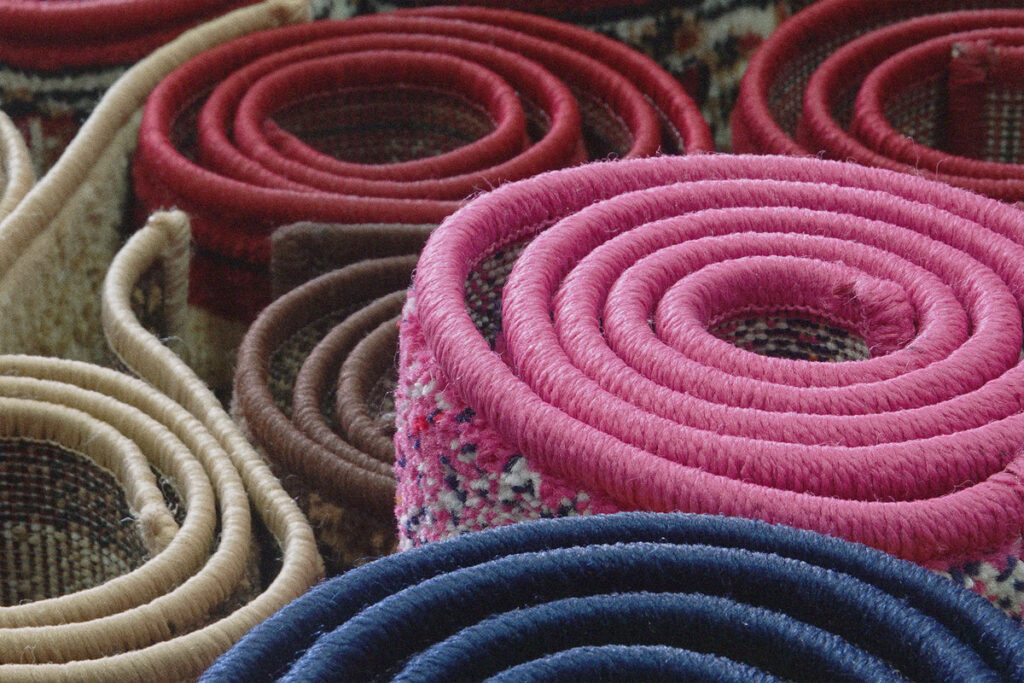Keep reading about similar topics.

Health
by Martha Lewis & Roca Gallery
→
Read More



Asthma rates in the United States have been rising since at least 1980. Today, nearly 26 million people are affected by chronic asthma, including over eight million children. These rates are rising despite the proliferation of asthma control strategies, including indoor air quality pro- grams. The Centers for Disease Control (CDC) reported that the number of people diagnosed with asthma grew by 4.3 million during the last decade from 2001 to 2009.
As asthma affects more people, it becomes increasingly clear that new strategies need to be considered, focusing on the prevention of asthma onset. Few strategies are in place that effectively prevents exposure to chemi- cals that cause asthma. Due to the complexity of this condition conventional efforts have largely focused on asthma management. Health organizations have identified a number of chemicals that are known to cause the onset of asthma, and are therefore labeled asthmagens. Since these chemicals are common ingredients of many interior finishes, like floors, carpets, and paints, it is possible to improve asthma prevention strategies by reducing or eliminating these chemicals from building materials. The Healthy Building Network (HBN) took a three-pronged approach that examined how pervasive asthmagen chemicals are in the built environment, what steps have been taken to address them, and what further actions are needed.